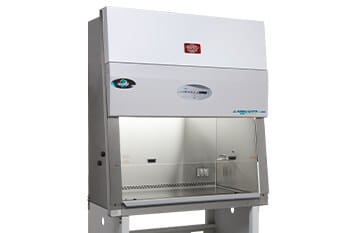
View the Full Guide for Biosafety Cabinet Installation Guide
Biosafety Cabinet Installation Guide
Related Resources

White Paper
Using Ergonomic and Workflow Analyses to Configure a Biosafety Cabinet
Learn how ergonomic + workflow analyses help configure a biosafety cabinet for safety, comfort, and efficiency—plus a downloadable white paper checklist.

White Paper
PEC and C-PEC Installation Process
Explore the installation process of PECs & C-PECs in pharmacy compounding. Learn about product selection, delivery planning, and initial cleaning from NuAire.

Video
Reacting to Alarms in Your Class II, Type A2 Biosafety Cabinet
Learn expert recommendations for reacting to alarms in Class II, Type A2 biosafety cabinets. Halt work, disinfect safely, and protect your lab. Watch NuAire’s quick video guide.
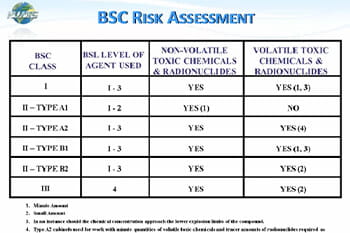
Webinar
Biosafety Cabinet Introduction Webinar
Join our webinar to explore biosafety cabinet types, operational theory, and selection tips with NuAire's expert. Perfect for enhancing lab safety.
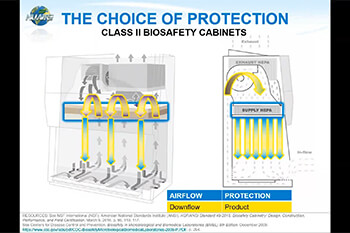
Webinar
Buying a Biosafety Cabinet Making an Informed Decision
In this webinar, learn the differences between biosafety cabinet classes and types along with other types of common airflow products in the laboratory.
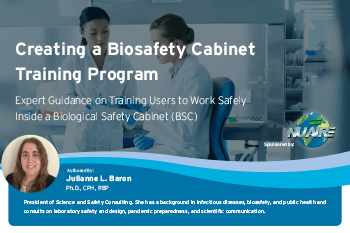
White Paper
Creating a Biosafety Cabinet Training Program
Learn how to design an effective biosafety cabinet training program that improves lab safety, knowledge retention, and compliance. Download NuAire’s expert guide today.

Video
Containing Spill in your Class II, Type A2 Biosafety Cabinet
Learn to manage spills in your Class II, Type A2 Biosafety Cabinet. Follow expert guidance to ensure safety, decontamination, and compliance with biosafety protocols.

Webinar
Leverage USP Training to Drive Technician Retention
Watch the webinar 'Leverage USP Training to Drive Technician Retention' with Angela Cassano to boost your pharmacy's compliance and retention.
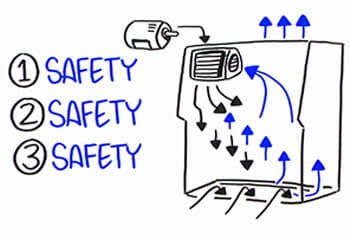
Video
Biosafety Cabinet Construction Matters
Explore NuAire's advanced biosafety cabinet construction that ensures utmost safety, comfort, and efficiency in our latest video.
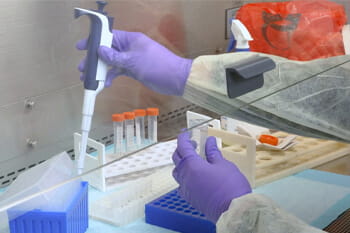
Video
Working Safely in your Class II, Type A2 Biosafety Cabinet
Learn to optimize lab safety with 'Working Safely in Your Class II, Type A2 Biosafety Cabinet' video. Tips on setup, maintenance, and contamination control.
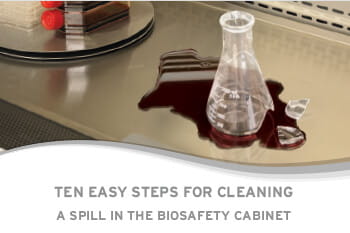
Ebook
10 Steps to Cleaning a Spill in a Biosafety Cabinet
It happens at some point to even the most seasoned laboratory technician that a spill occurs within the Biosafety Cabinet (BSC). Here are a few steps to cleaning a spill in a BSC.

Video
When Work is Completed in the Biosafety Cabinet
Learn tips on decontaminating your biosafety cabinet for safety and minimizing contamination. Watch our video as a starting point for your lab or pharmacy SOPs.
Related Products
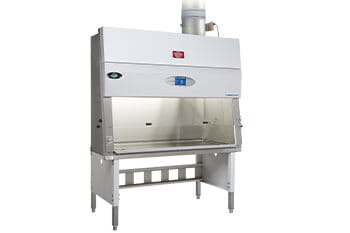
NU-560 Biosafety Cabinet Class II Type B2

NU-565 Biosafety Cabinet Class II Type B2
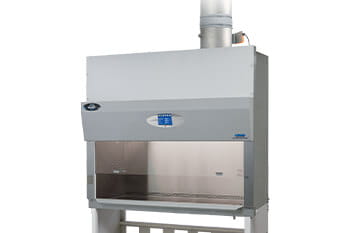
NU-427 Biosafety Cabinet Class II Type B1
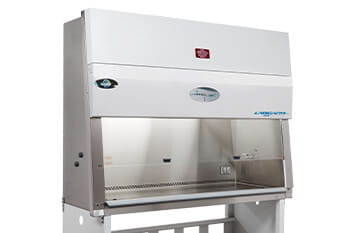
NU-540 Biosafety Cabinet Class II Type A2
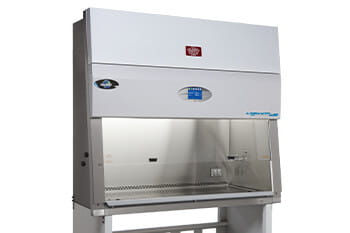
NU-545 Biosafety Cabinet Class II Type A2
